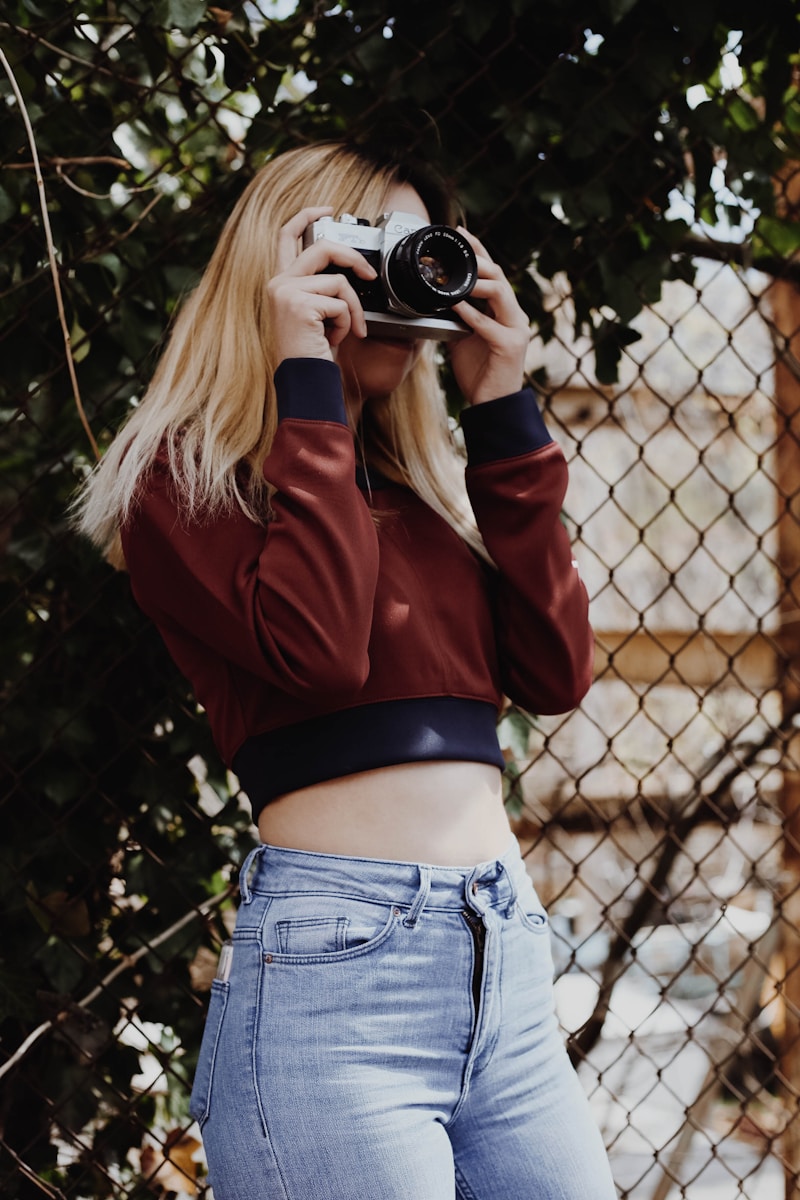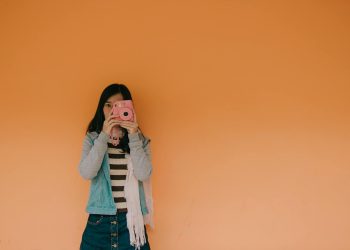Artificial intelligence (AI) has long been associated with the future, often evoking images of robots and futuristic cities. Yet, the present reality is that AI is already making waves in the design world, revolutionizing the way designers approach their craft. From generating stunning visuals to automating tedious tasks, AI is opening new doors for creativity in fields ranging from graphic design to architecture.
AI as a Creative Partner
AI is no longer just a tool for automation — it’s becoming a creative partner. Designers are using AI to push boundaries, unlock new ideas, and challenge traditional thinking. Tools like Adobe Sensei, Canva’s AI-driven design suggestions, and generative art algorithms are providing designers with new ways to approach the creative process.
Rather than replacing human designers, AI acts as a collaborator. It suggests new patterns, color combinations, layouts, and even generates artwork that inspires new directions. By leveraging AI, designers can take their work to new heights, focusing more on the bigger picture and letting AI handle the repetitive aspects of the design process.
Generative Design: Redefining Boundaries
Generative design is one of the most exciting innovations in the AI design space. It’s a process where an algorithm generates multiple design solutions based on predefined parameters. Designers can input factors like materials, cost constraints, and environmental factors, and the AI will present numerous design alternatives that meet these criteria.
This technology is particularly popular in industries like architecture and product design, where the demand for unique, sustainable, and efficient designs is high. It pushes the boundaries of what’s possible, enabling designers to explore forms and structures that may not have been considered using traditional design methods.
Generative design is also gaining traction in the fashion industry. AI can create new patterns or even entire collections based on a given set of guidelines, enabling designers to experiment with new ideas at a speed previously impossible.
AI-Powered Image Editing: A New Era of Efficiency
In the past, image editing required painstaking hours of work to adjust lighting, colors, and textures. Today, AI-powered image editing tools have drastically streamlined this process, making it faster and more efficient than ever before.
Tools like Luminar AI and Photoshop’s AI-based features automatically adjust image elements like exposure, sharpness, and skin tone, offering quick yet professional results. AI can even perform advanced retouching, such as smoothing out skin imperfections or changing the color of clothing, with just a few clicks.
What’s more, AI-powered software is becoming increasingly adept at understanding the creative intent of a designer. It can learn from the user’s edits and make smarter suggestions over time, improving the editing process and enhancing the final product.
AI in Branding: Personalizing Design at Scale
Branding is all about creating a unique identity for a business or product, and AI is helping designers do this at scale. AI tools can analyze large amounts of consumer data, trends, and preferences to create personalized branding elements tailored to specific target audiences.
For instance, AI can be used to generate unique logos that resonate with different customer demographics. It can also suggest color palettes, fonts, and other design elements that align with current design trends and consumer preferences.
By integrating AI into branding, designers can save time and produce high-quality designs that are more in tune with the market. Furthermore, as AI tools continue to evolve, branding will become even more customizable, offering businesses an opportunity to stand out in crowded markets.
Enhancing User Experience Through AI
User experience (UX) design is another area where AI is making a significant impact. AI can analyze user behavior, preferences, and interactions in real-time, helping designers create more intuitive and engaging digital experiences.
AI-driven UX design tools can help identify pain points in a user journey, suggest design improvements, and even predict how users will interact with a product. By using AI to optimize UX, designers can create more user-friendly interfaces, websites, and apps that meet the needs of the end-user while driving business success.
The Future of AI in Design: Endless Possibilities
While AI is already transforming design, its potential is far from fully realized. As technology continues to evolve, the relationship between AI and design will only grow stronger. Designers will increasingly rely on AI to help them create innovative, personalized, and efficient designs.
In the future, AI could play an even larger role in creative decision-making, possibly allowing designers to focus entirely on high-level concepts while leaving the technical execution to AI. This will allow designers to work faster and more efficiently, freeing up time for more strategic and creative tasks.
Moreover, AI’s ability to analyze vast amounts of data will enable designers to create hyper-personalized experiences that are tailored to individual tastes, making every design more relevant and impactful.











